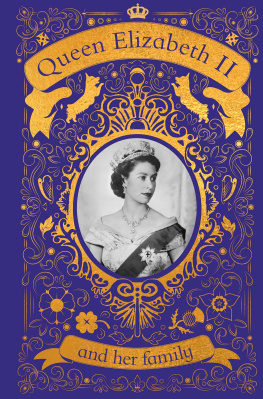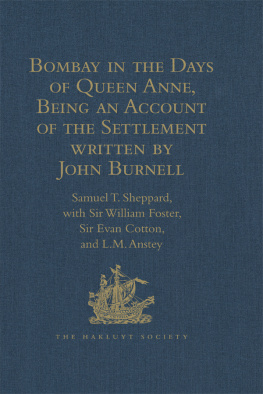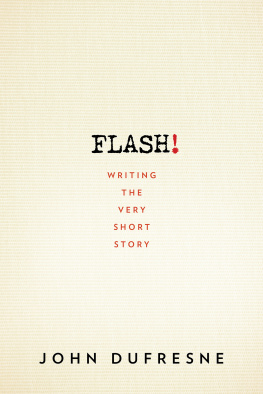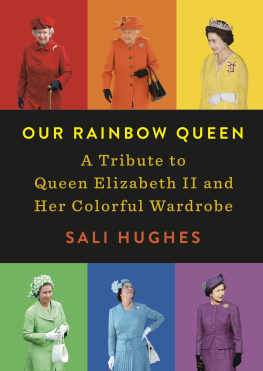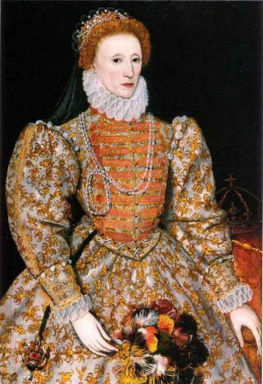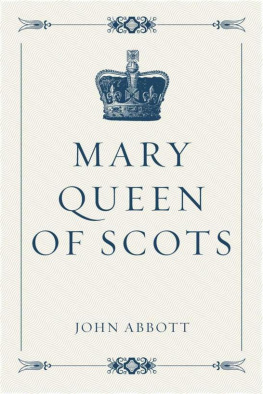Title Page
80 YEARS, GONE IN A FLASH
THE MEMOIRS OF A PHOTOJOURNALIST
By
John Jochimsen
Publisher Information
First edition published in 2011
Digital edition converted and
Distributed in 2012 by
Andrews UK Limited
www.andrewsuk.com
John Jochimsen Copyright 2011
The right of John Jochimsen to be identified as the authors of this work has been asserted by them in accordance with the Copyright, Designs and Patents Act 1998.
All rights reserved. No reproduction, copy or transmission of this publication may be made without express prior written permission. No paragraph of this publication may be reproduced, copied or transmitted except with express prior written permission or in accordance with the provisions of the Copyright Act 1956 (as amended). Any person who commits any unauthorised act in relation to this publication may be liable to criminal prosecution and civil claims for damage.
The opinions expressed herein are those of the authors and not of MX Publishing.
Published in the UK by MX Publishing
335 Princess Park Manor, Royal Drive,
London, N11 3GX
www.mxpublishing.com
Cover design by www.staunch.com
Authors Note
This is my story, having been born in 1929, during the days of the General Strike and a world recession. It is the story of my childhood, living through a world war, National Service, and then becoming a photojournalist, ending with retirement.
My father, a journalist on The Times during the Thirties and the war, had a great influence on my formative years. I very rarely saw him for months on end as he would be sent to Paris or Berlin for two months most years. During the war my mother, while often alone, had to raise me as best she could, and during the Blitz would sit for hours with me underneath the stairs, while I did my homework or slept.
Having no idea what I would do on leaving school, I struggled with suggestions, before intuition steered me into photography, first cine, then stills.
After fifty years in photography and an extraordinary life of travel and adventure, I received many accolades for my work. I enjoyed my career in a creative art form that gave me immense pleasure and satisfaction. But now, at the age of eighty two, I write as a hobby, and a few years ago I published my first book, a fictional wartime adventure called Three Stayed Home .
These memoirs are my story, the story of my life, with no embellishment read and enjoy it. Its also a history of fifty years of photography entwined with my memories of a richly unique life, lived both here and abroad.
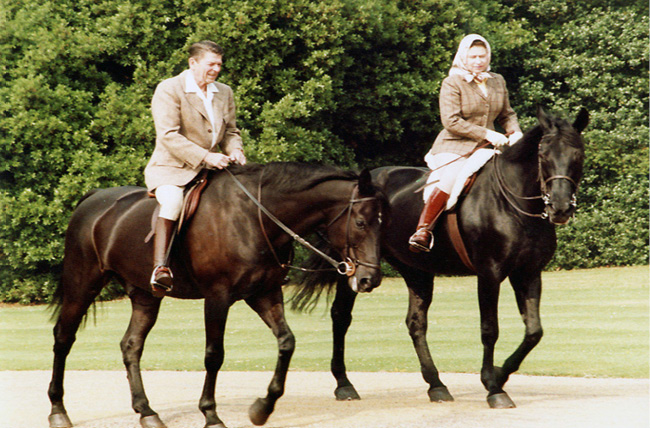
Ronald Reagan and Her Majesty the Queen riding in Windsor Park

Ronald and Nancy Reagan leaving the UK after their Royal visit
Prologue
My next assignment for the MOD was totally different. I was to take a train to Edinburgh, then get a taxi to Rosyth Dockyard and join a flotilla of wooden minesweepers for a trip to Liverpool sailing round the north of Scotland. This was the 10th Mine Counter Measures Squadron of the Royal Navy Reserve, with part-time seamen manning the ships for the exercise. Having been introduced to the admiral, I was told there were ten ships in all and I was on HMS Crofton with Lieutenant Commander Arnold Course as Captain. Leaving Rosyth in the early afternoon and steaming up the Firth of Forth, I was told wed be getting to Liverpool some three days later, due to the navys invariable habit of throwing in extra exercises that nobody knew anything about.

HMS Crofton
HMS Crofton was one of the slower ships, but luckily for me she had an enclosed bridge. During the afternoon the sun came out, and because we were in the centre of the line I was able to get fore and aft shots of the other vessels. Next, I took pictures on the bridge and the steering position below, level with the deck. There was a 40/60 Bofors gun forward of the bridge, the only armament on the ship, while aft of the bridge housing was the sweep deck a flat area used for handling cables and floats that would cut mines adrift from their moorings, either to be exploded by rifle fire or holed to make them sink.
As we steamed up the east coast of Scotland, Crofton was deployed away from the rest of the flotilla to investigate a Russian trawler, apparently harassing an underwater research vessel, the signal from the Admiralty being to proceed with all dispatch. Crofton was not recognised as one of the speediest of the ton class sweepers, and at almost her top speed the ship merely crept away from the others. So with a bit of artistic licence from the senior engineer MEA Graham Mackenzie, who after discussion with the captain took the engine revs higher than he normally would, gave the ship nineteen to twenty knots. This caused the exhaust temperature in the funnel to creep up, so he organised a small gang with hoses to spray the funnel exterior to keep the temperature within limits. At the same time, the coxn was organising a boarding party in case the Russians needed to be convinced still further.
After about two hours of steaming at their highest speed, the Crofton came across the offending trawler, and with a little coercion told them to go elsewhere while I took pictures of the encounter.
I was to sleep in the small wardroom, on one of the padded benches that were around the table. So, after a good meal and further night shots on the bridge, I lay down, ready to be up early the following morning.
During the night the ship turned into the Pentland Firth, and not surprisingly started to feel the effects of the Atlantic swell, with the wind picking up between force nine and ten as we rounded Cape Wrath, making anything that was not secured highly dangerous or lost over the side.
I was certainly not secured, and in the middle of the night I was thrown to the floor. As I tried to get up I was promptly elevated back onto the seat I had just left. Luckily, I hadnt undressed, just taken off my jacket, so trying to put it back on, I began to realise how badly the ship was throwing herself about. Grabbing my camera case I started up the interior steps to the bridge, bouncing off the sides as I went. Arriving, I saw the waves were well over sixteen feet high, and as the ship went over one, it went down with a shattering crash as it hit the milestone, instantly climbing back up to do the same gyrations again, straight back down. The captain was hanging on to anything that gave him a semblance of standing, while the other watch-keeping officer fell and slid across the bridge, injuring himself as he crashed into the bridge structure. By this time I had got myself wedged in the small chartroom at the rear of the bridge, so that I couldnt be thrown about, though the constant banging of my body on the chart tables wasnt helping. Managing to open the cupboard and get the camera case in and wedged, so that it couldnt move, I was able to concentrate more on my own survival of standing.
All the way through the Pentland Firth Crofton was pitching heavily, with a speed of about fourteen knots, so when we rounded Cape Wrath and turned south into the Minch the pitching was replaced with heavy rolling.
The captain shouted across to me that they were in the midst of a force-nine gale, which I had already realised as I was hanging on for dear life! At about the same time two seaman appeared, helping the injured officer to get below to be treated.
Next page

